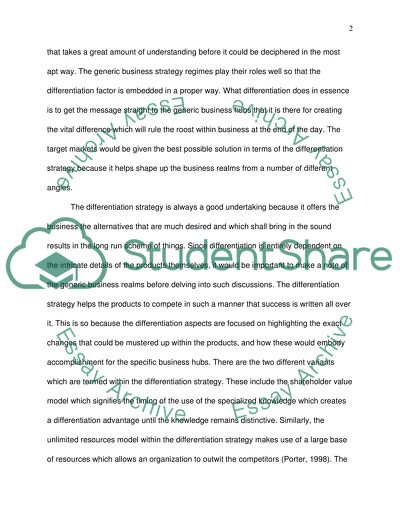Cite this document
(“Business for transport Essay Example | Topics and Well Written Essays - 2000 words”, n.d.)
Retrieved from https://studentshare.org/environmental-studies/1413534-business-for-transport
Retrieved from https://studentshare.org/environmental-studies/1413534-business-for-transport
(Business for Transport Essay Example | Topics and Well Written Essays - 2000 Words)
https://studentshare.org/environmental-studies/1413534-business-for-transport.
https://studentshare.org/environmental-studies/1413534-business-for-transport.
“Business for Transport Essay Example | Topics and Well Written Essays - 2000 Words”, n.d. https://studentshare.org/environmental-studies/1413534-business-for-transport.


